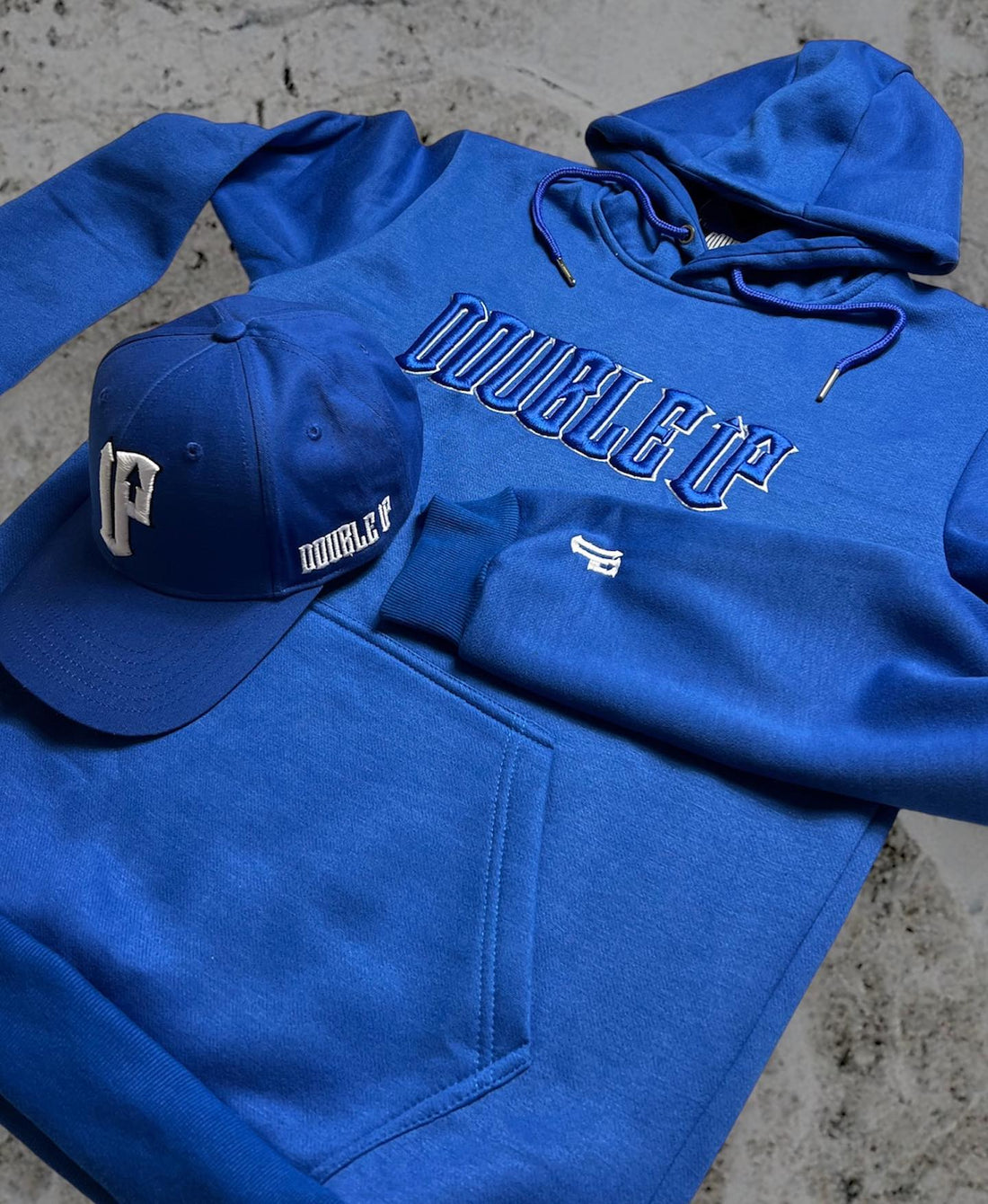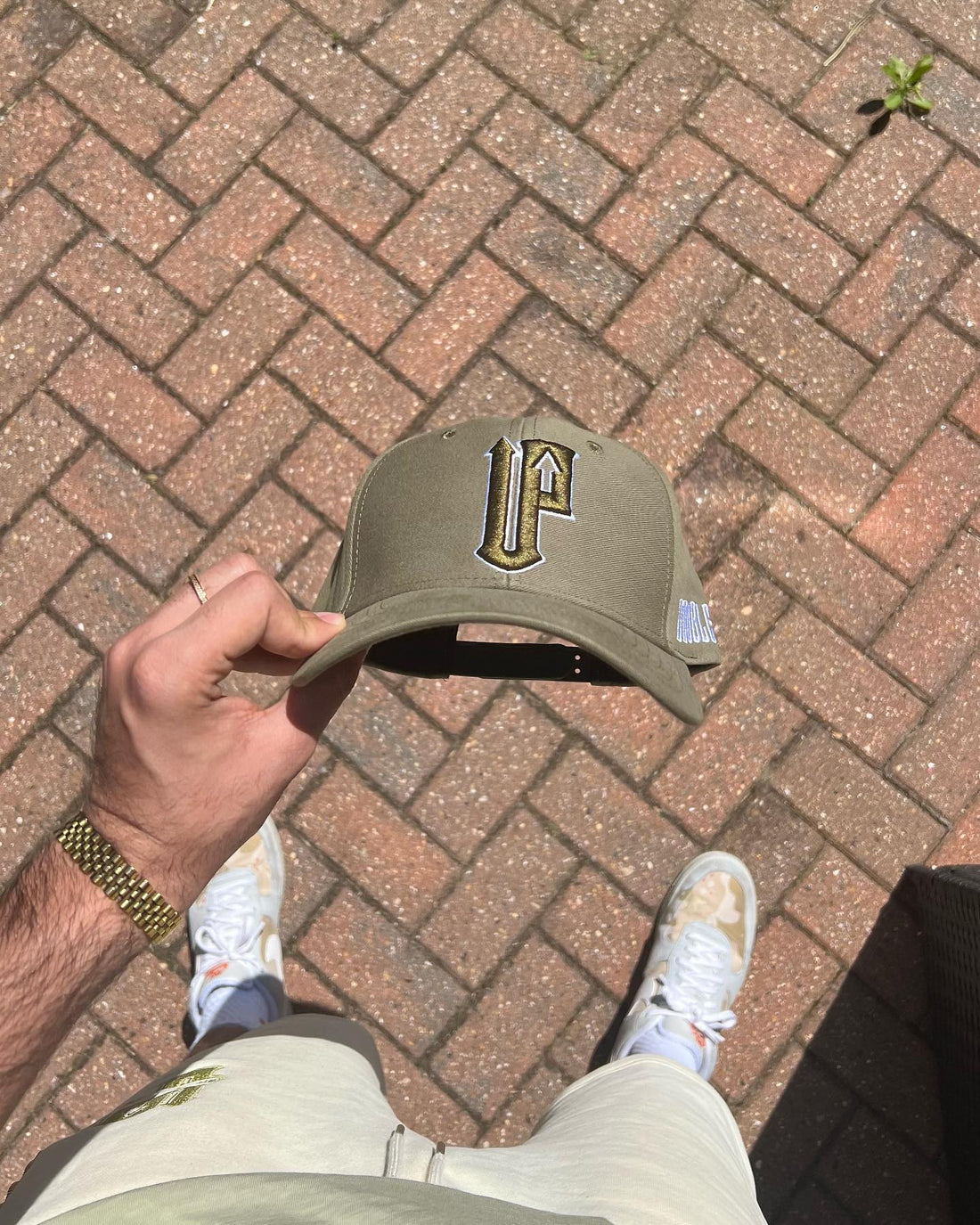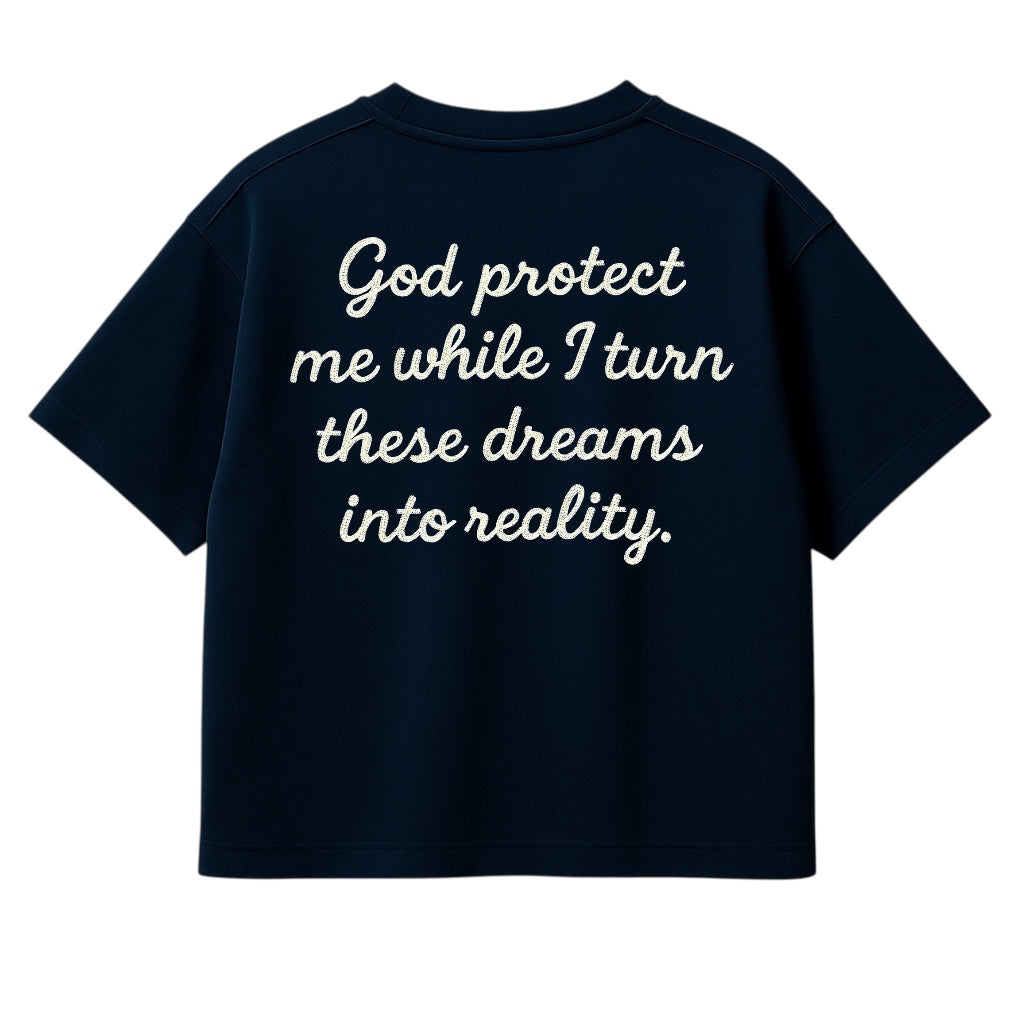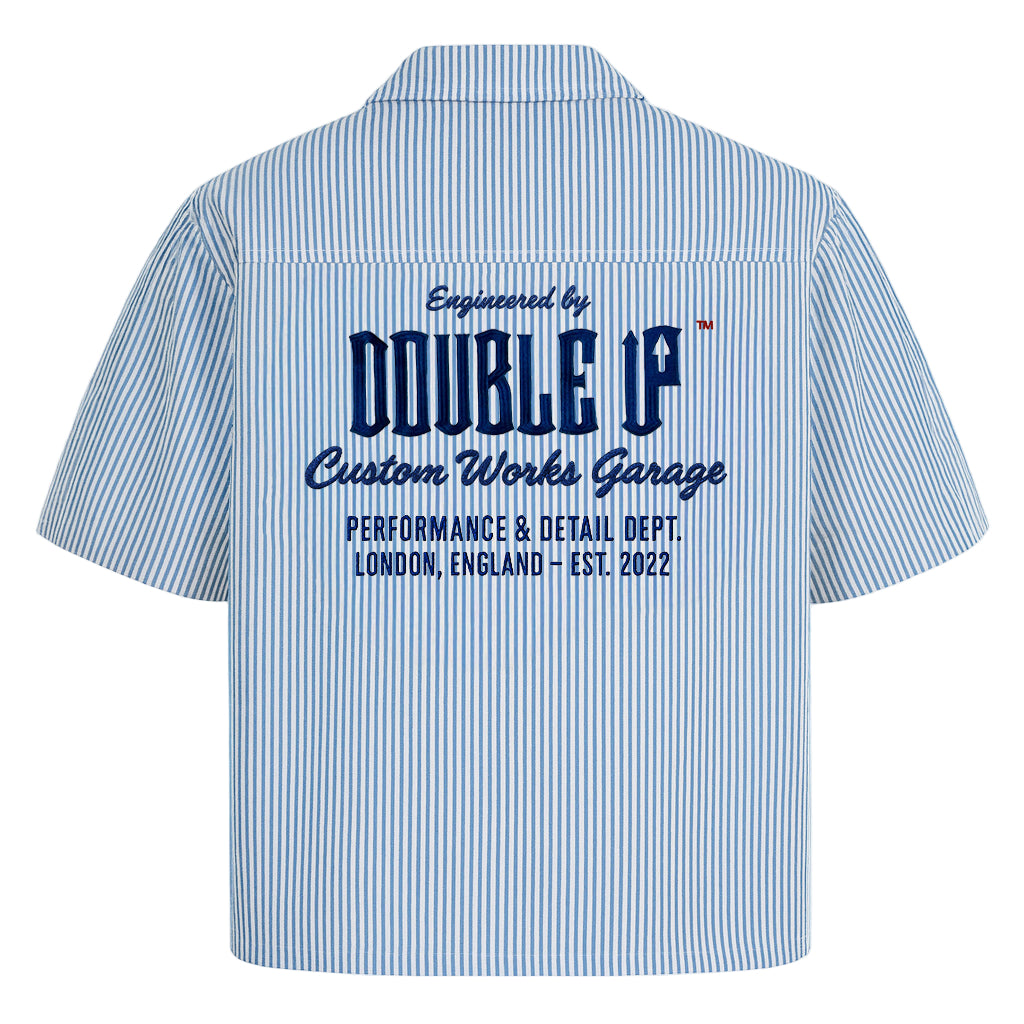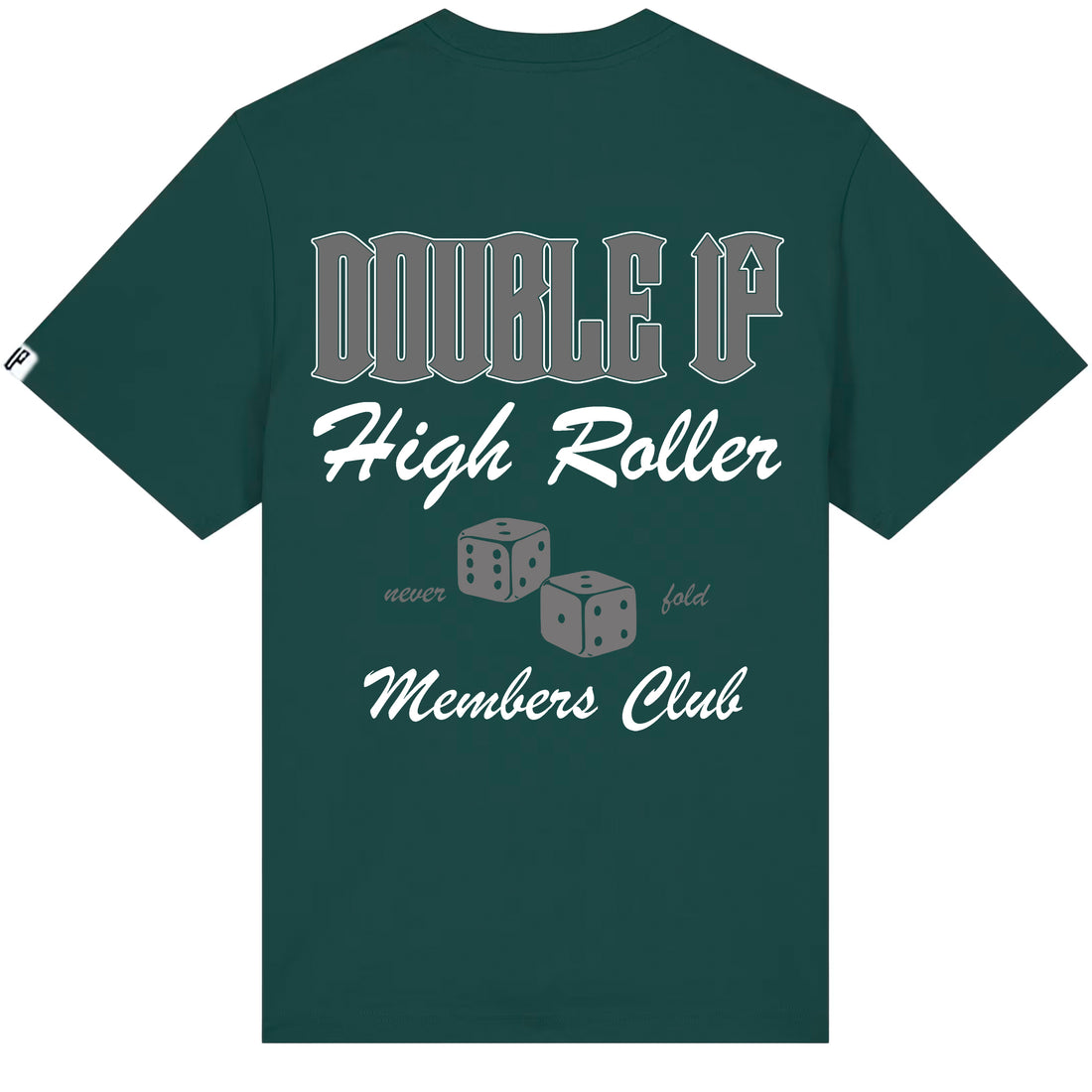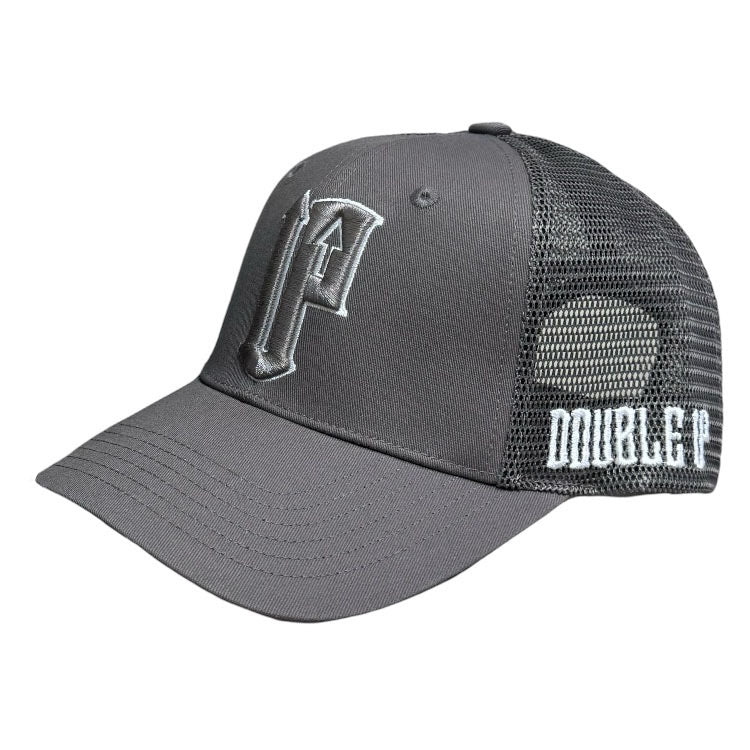
News
Fashion History - Where Did Streetwear Originate?
Fashion History - Where Did Streetwear Originate?
Explore the gritty origins and evolution of streetwear, from underground subcultures to global fashion phenomenon.
Streetwear originated in the late 1970s and early 1980s from the underground subcultures of punk, hip-hop, and skateboarding in the UK and US. These groups embraced a distinct style featuring graphic tees, hoodies, and trainers.
Key Takeaways:
- Streetwear emerged in the late 1970s and early 1980s from the underground subcultures of punk, hip-hop, and skateboarding in the UK and US, with each group embracing a distinct style that set them apart from the mainstream.
- The rise of dedicated streetwear brands in the 1990s and 2000s, such as Stüssy, Supreme, and A Bathing Ape (BAPE), gained cult followings thanks to their unique designs, limited-edition drops, and collaborations with artists, musicians, and other brands.
- In the 2010s, streetwear evolved from a niche subculture to a global phenomenon, with the rise of social media and online retail making it more accessible, and high fashion brands collaborating with streetwear labels, blurring the lines between luxury and street style.
The Origins and Evolution of Streetwear
The Birth of Streetwear in the Late 1970s and Early 1980s
Streetwear, as we know it today, traces its roots back to the late 1970s and early 1980s in the UK and US. This fashion movement emerged from the underground subcultures of punk, hip-hop, and skateboarding. These groups embraced a distinct style that set them apart from the mainstream, often featuring graphic tees, hoodies, and trainers.
In the UK, punk fashion influenced early streetwear with its DIY aesthetic and anti-establishment attitude. Ripped jeans, leather jackets, and band tees became staples of the punk look, which later crossed over into streetwear.
Meanwhile, in the US, hip-hop and skateboarding cultures were shaping the streetwear scene. Early hip-hop artists like Run-DMC and LL Cool J popularised a casual, sporty style that included tracksuits, bucket hats, and chunky trainers. Skateboarders, on the other hand, favoured practical, durable clothing like graphic tees, hoodies, and sturdy trainers.

The Influence of Hip-Hop and Skateboarding Culture on Streetwear
As hip-hop and skateboarding gained popularity in the 1980s and 1990s, their influence on streetwear grew stronger. Hip-hop artists became style icons, with their fashion choices setting trends among fans. Run-DMC's endorsement of Adidas trainers, for example, helped cement the brand's place in streetwear history.
Similarly, professional skateboarders like Tony Hawk and Steve Caballero became role models for a generation of skaters, influencing both their tricks and their fashion choices. Skateboard brands like Vans, DC Shoes, and Element gained a cult following, with their designs being worn both on and off the skateboard.
The crossover between hip-hop and skateboarding culture also played a significant role in shaping streetwear. Many skateboarders were also fans of hip-hop music, and vice versa. This shared appreciation led to a natural blending of styles, with oversized tees, baggy jeans, and bold graphics becoming common elements in both scenes.
The Rise of Streetwear Brands in the 1990s and 2000s
The 1990s and 2000s saw the rise of dedicated streetwear brands that catered specifically to the tastes of hip-hop and skateboarding enthusiasts. Labels like Stüssy, Supreme, and A Bathing Ape (BAPE) gained cult followings, thanks to their unique designs and limited-edition drops.
Stüssy, founded by surfer and designer Shawn Stüssy in the early 1980s, was one of the first brands to bridge the gap between surf, skate, and hip-hop cultures. The brand's signature graphic tees and caps became must-have items for streetwear enthusiasts.
Supreme, which opened its first store in New York City in 1994, became known for its collaborations with artists, musicians, and other brands. The label's limited-edition releases and "drop" model, where new items are released on a weekly basis, helped create a sense of exclusivity and hype around the brand.
BAPE, founded by Nigo in Tokyo in 1993, gained international recognition for its bold, graphic-heavy designs and high-profile collaborations. The brand's iconic "BAPE Camo" print and "Shark Hoodie" became symbols of streetwear fashion in the 2000s.
The Globalisation and Mainstreaming of Streetwear in the 2010s
In the 2010s, streetwear underwent a significant transformation, evolving from a niche subculture to a global phenomenon. The rise of social media and online retail played a crucial role in this shift, making streetwear more accessible to a wider audience.
Platforms like Instagram and Twitter allowed streetwear enthusiasts to connect, share their latest purchases, and stay up-to-date with the latest trends. Online marketplaces like Grailed and StockX emerged, providing a space for buyers and sellers to trade rare and sought-after streetwear items.
As streetwear's popularity grew, high fashion brands began to take notice. Luxury labels like Louis Vuitton, Gucci, and Prada started collaborating with streetwear brands, blurring the lines between high fashion and street style.
One of the most notable collaborations was between Louis Vuitton and Supreme in 2017, which saw the two brands create a highly coveted collection of clothing, accessories, and leather goods. The collaboration was a massive success, with items selling out instantly and reselling for several times their original price.
Other high-profile collaborations, such as Nike x Off-White, adidas x Yeezy, and Puma x Fenty, further demonstrated the growing influence of streetwear on the fashion industry. These partnerships not only introduced streetwear to a new audience but also helped elevate the status of streetwear brands, cementing their place in the fashion world.
Key Elements and Characteristics of Streetwear Style
The Importance of Comfort and Functionality in Streetwear
One of the defining features of streetwear fashion is its emphasis on comfort and functionality. Inspired by sportswear and athleisure, streetwear brands often incorporate technical fabrics and relaxed fits into their designs. This allows wearers to move freely and feel at ease, whether they're skating, dancing, or simply going about their daily lives.
Oversized silhouettes, such as baggy t-shirts and hoodies, are a staple of streetwear style. These garments not only provide ample room for movement but also create a laid-back, effortless vibe. Streetwear brands also frequently use breathable, moisture-wicking materials like cotton and polyester blends to ensure that their clothes are both comfortable and practical.
By prioritising comfort and functionality, streetwear fashion reflects the active lifestyles and values of its wearers. It's a style that's meant to be lived in, not just admired from afar.
The Role of Graphic Tees, Hoodies, and Trainers in Streetwear Fashion
Graphic tees, hoodies, and trainers are the holy trinity of streetwear fashion. These garments serve as canvases for self-expression, allowing wearers to showcase their personality, interests, and attitudes through bold graphics, logos, and slogans.
Graphic tees, in particular, have been a cornerstone of streetwear style since its inception. From Stüssy's iconic logo tees to Supreme's provocative designs, graphic t-shirts have become a way for streetwear brands to establish their identity and connect with their audience. Hoodies, too, have become a streetwear staple, offering a cosy and stylish way to layer up and make a statement.
Trainers, meanwhile, are the foundation of any streetwear outfit. Sneaker culture is deeply intertwined with streetwear, with brands like Nike, Adidas, and Vans playing a crucial role in the evolution of street style. From classic designs like the Air Force 1 to high-profile collaborations like Yeezy, trainers are a way for streetwear enthusiasts to express their style and show off their taste.
The Significance of Limited-Edition Drops and Collaborations
In the world of streetwear, limited-edition drops and collaborations are more than just marketing tactics – they're a way of life. By releasing small quantities of highly coveted items, streetwear brands create a sense of exclusivity and scarcity that drives demand and hype. Fans will go to great lengths to get their hands on these limited-edition pieces, often queuing for hours or paying resale prices that are many times higher than the original retail cost.
Collaborations are another key aspect of streetwear culture. By partnering with other brands, artists, musicians, or even unexpected entities like fast-food chains or anime series, streetwear labels can tap into new audiences and expand their creative horizons. These collaborations often result in unique, one-of-a-kind designs that blend the aesthetics and values of both partners.
Some notable examples of successful streetwear collaborations include Supreme x Louis Vuitton, Nike x Off-White, and BAPE x SpongeBob SquarePants. These partnerships not only generate buzz and excitement but also push the boundaries of what's possible in fashion.

The Influence of London's Fashion Scene on Streetwear Trends
London has long been a hub of fashion innovation, and its influence on global streetwear trends cannot be overstated. The city's unique blend of high fashion, street style, and subcultural influences has created a breeding ground for some of the most exciting and innovative streetwear brands in the world.
Labels like Palace and Trapstar have put London on the map as a streetwear destination, drawing inspiration from the city's diverse youth culture and rich fashion heritage. Palace, in particular, has become known for its irreverent, tongue-in-cheek designs and collaborations with iconic British brands like Reebok and Umbro.
London's fashion scene is also renowned for its fearless experimentation and boundary-pushing creativity. From the punk and grime-inspired designs of Nasir Mazhar to the avant-garde streetwear of A-COLD-WALL*, London-based brands are constantly pushing the envelope and setting new trends that resonate with streetwear enthusiasts around the world.
Moreover, London's thriving street style culture has made it a global trendsetter. Events like London Fashion Week attract fashion enthusiasts from all over the world, who come to see and be seen in the latest streetwear styles. This vibrant, grassroots fashion scene has helped cement London's reputation as a streetwear capital and continues to inspire and influence trends on a global scale.
The Cultural Impact and Legacy of Streetwear
Streetwear's Relationship with Music, Art, and Youth Culture
Streetwear has always been deeply intertwined with various forms of creative expression, particularly music, art, and youth culture. As a fashion movement born out of the hip-hop, punk, and skateboarding scenes, streetwear has served as a visual representation of subcultural identities and values. Musicians, from Run-DMC to Kanye West, have played a significant role in popularising streetwear brands and styles, often collaborating with labels on limited-edition releases or even launching their own fashion lines.
In the art world, streetwear has found a natural ally, with many brands collaborating with both established and emerging artists to create unique, thought-provoking designs. Shepard Fairey's iconic "Obey" campaign and KAWS' playful, cartoon-inspired artwork have become synonymous with streetwear culture, blurring the lines between fashion and fine art. Youth movements, such as skate culture and the DIY ethos of punk, have also heavily influenced streetwear, emphasising a rebellious, anti-establishment attitude that resonates with young people around the world.
The Representation of Diversity and Inclusivity in Streetwear
One of the most significant aspects of streetwear's cultural impact has been its championing of diversity and inclusivity. In contrast to the often exclusive and homogeneous world of high fashion, streetwear has historically been more welcoming to people from all backgrounds, regardless of race, gender, or body type. Many streetwear brands have actively celebrated marginalised communities, using their platforms to promote social justice and challenge fashion industry norms.
For example, Pyer Moss, led by designer Kerby Jean-Raymond, has used its collections to highlight issues of racism and police brutality, while also celebrating Black culture and heritage. Other brands, such as Bephies Beauty Supply and Frks & Co., have prioritised inclusivity in their sizing and marketing, offering a wide range of sizes and featuring diverse models in their campaigns. By embracing diversity and inclusivity, streetwear has not only shaped fashion trends but also contributed to broader cultural conversations about representation and equality.
The Influence of Streetwear on High Fashion and Luxury Brands
In recent years, the influence of streetwear on high fashion and luxury brands has become increasingly apparent. As streetwear's popularity and cultural cachet have grown, many luxury brands have sought to tap into the streetwear market, collaborating with prominent streetwear labels and adopting streetwear aesthetics in their own collections. This convergence of streetwear and high fashion has led to some of the most hyped and sought-after collaborations in recent memory, such as the Louis Vuitton x Supreme collection and Dior x Air Jordan 1 release.
The impact of streetwear on luxury fashion extends beyond just collaborations, however. Many high-end brands have begun incorporating streetwear-inspired elements into their mainline collections, such as oversized silhouettes, graphic prints, and sneaker-focused footwear. This shift reflects a growing recognition of streetwear's cultural relevance and its ability to appeal to younger, more diverse consumers who may have previously felt excluded from the world of luxury fashion.
The Enduring Appeal and Future of Streetwear Fashion
Despite its evolution and mainstream acceptance over the decades, streetwear continues to hold a lasting appeal for consumers around the world. At its core, streetwear's enduring popularity can be attributed to its emphasis on authenticity, community, and self-expression. By staying true to its roots in subculture and youth movements, streetwear has maintained a sense of credibility and relatability that resonates with people from all walks of life.
As streetwear moves into the future, it is likely to continue evolving and pushing the boundaries of fashion. One key area of focus for many streetwear brands is sustainability, with labels experimenting with eco-friendly materials, upcycling, and circular fashion models. Another trend on the horizon is the rise of gender-neutral designs, as streetwear's emphasis on comfort and functionality aligns well with a growing demand for fashion that transcends traditional gender norms.
Ultimately, the future of streetwear will be shaped by its ability to balance its subversive, counter-cultural origins with its increasingly mainstream appeal. As long as streetwear continues to champion authenticity, creativity, and inclusivity, it is likely to remain a vital and influential force in the fashion world for years to come.
Frequently Asked Questions
Question 1: How has social media influenced the rise and popularity of streetwear?
Answer: Social media platforms like Instagram have played a pivotal role in the rise of streetwear by allowing enthusiasts to connect, share their latest purchases, and stay up-to-date with the latest trends. The visual nature of these platforms has also helped streetwear brands showcase their designs and build a strong online presence.
Question 2: What role do resellers play in the streetwear market?
Answer: Resellers have become an integral part of the streetwear market, often purchasing limited-edition items and reselling them at a premium. While some view this practice as controversial, it has undoubtedly contributed to the hype and exclusivity surrounding many streetwear releases.
Question 3: How has streetwear influenced the way luxury brands approach collaborations?
Answer: Streetwear's success with high-profile collaborations has inspired many luxury brands to follow suit. These collaborations have not only introduced luxury brands to a new, younger audience but have also helped them tap into the cultural cachet and hype associated with streetwear.
Question 4: What are some of the most iconic streetwear collaborations in recent years?
Answer: Some of the most memorable streetwear collaborations include Supreme x Louis Vuitton, Nike x Off-White, and adidas x Yeezy. These partnerships have not only generated massive buzz but have also pushed the boundaries of what's possible when streetwear and high fashion intersect.
Question 5: How has London's fashion scene contributed to the evolution of streetwear?
Answer: London's diverse youth culture and fashion heritage have made it a hotbed for streetwear innovation. Brands like Palace and Trapstar have put London on the map as a streetwear destination, while the city's thriving street style scene continues to influence trends on a global scale.
